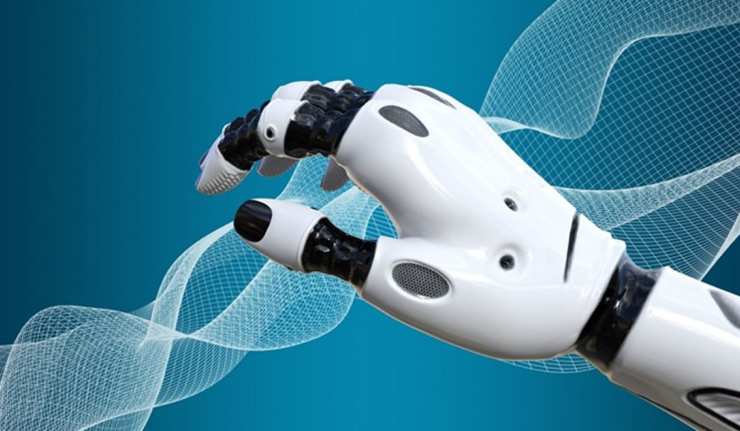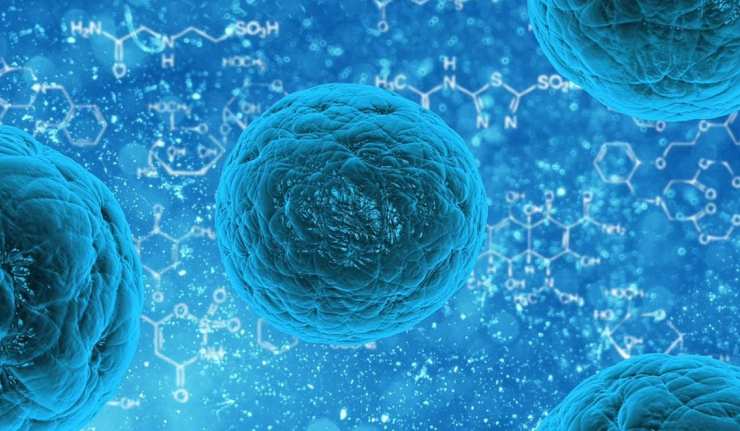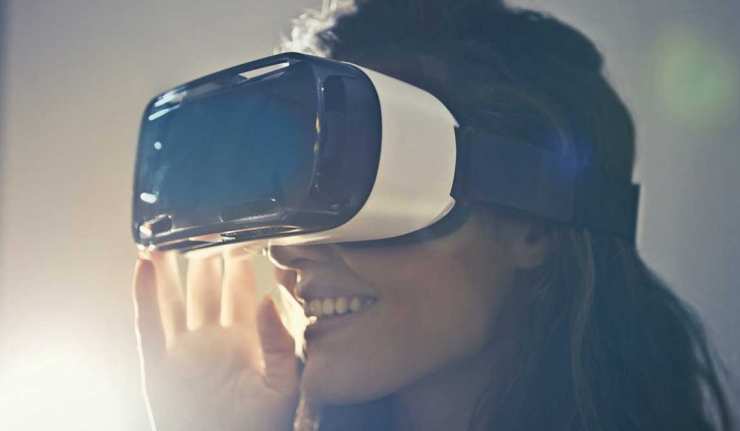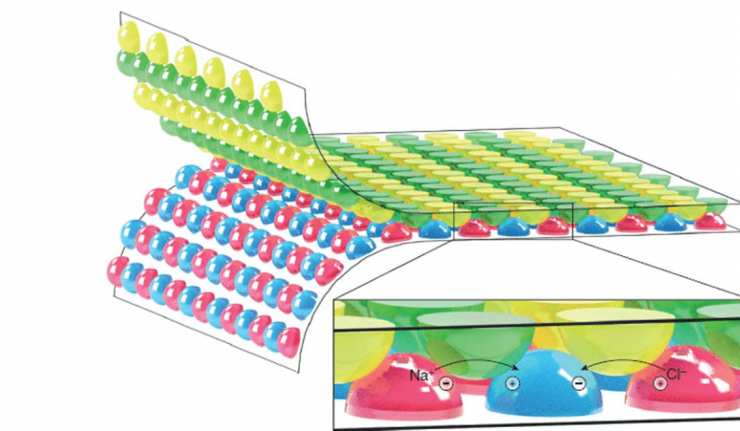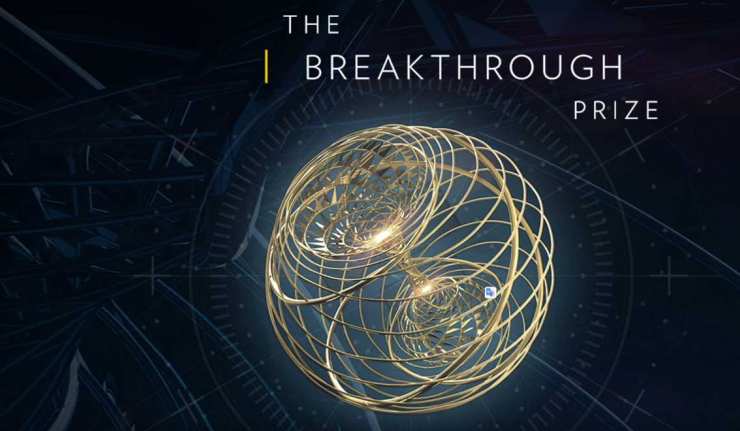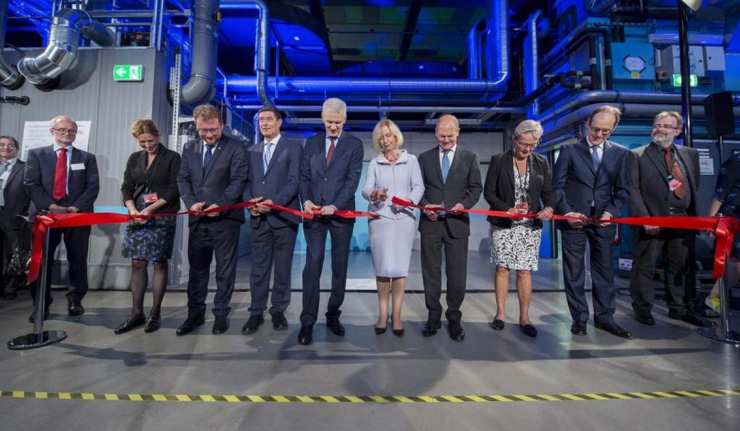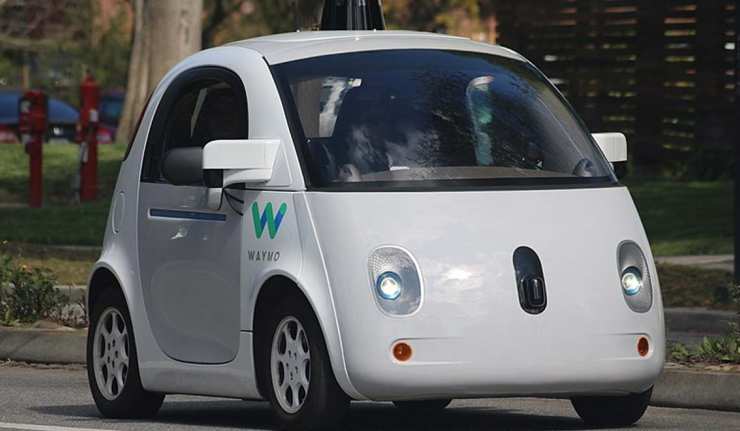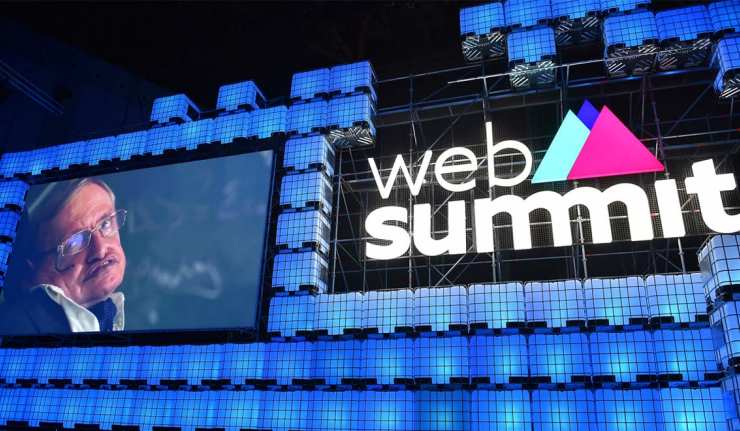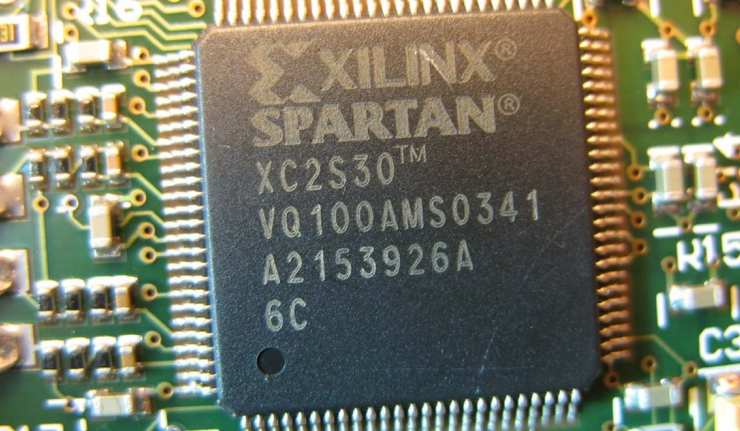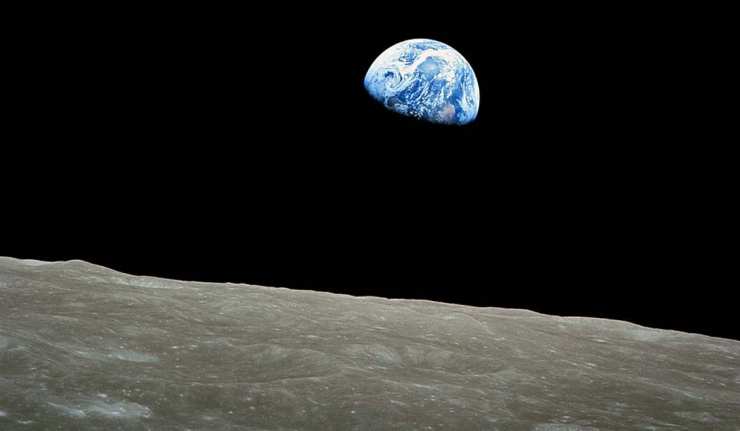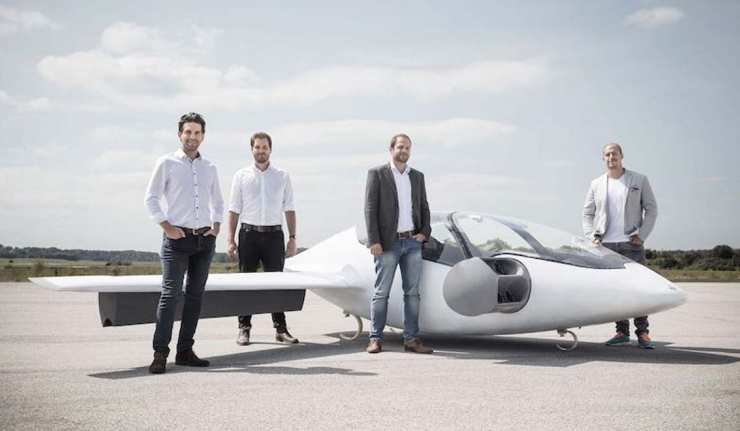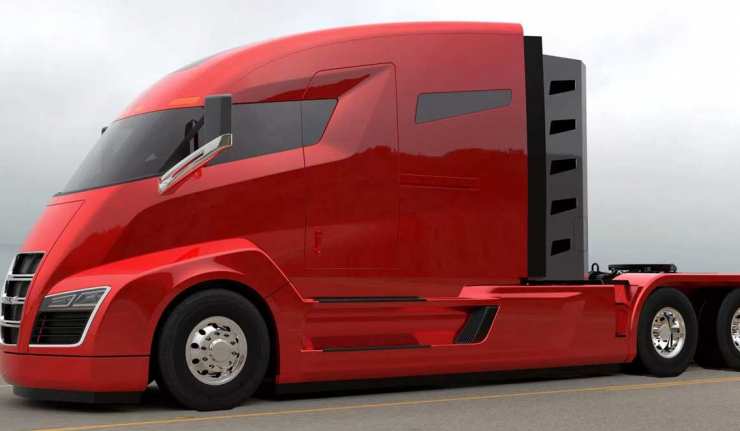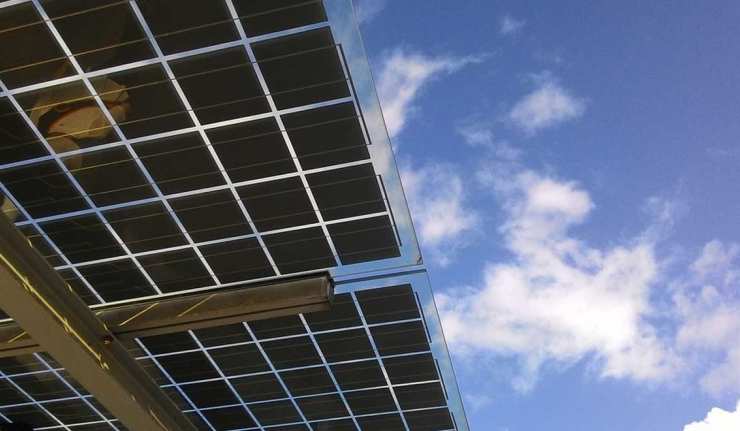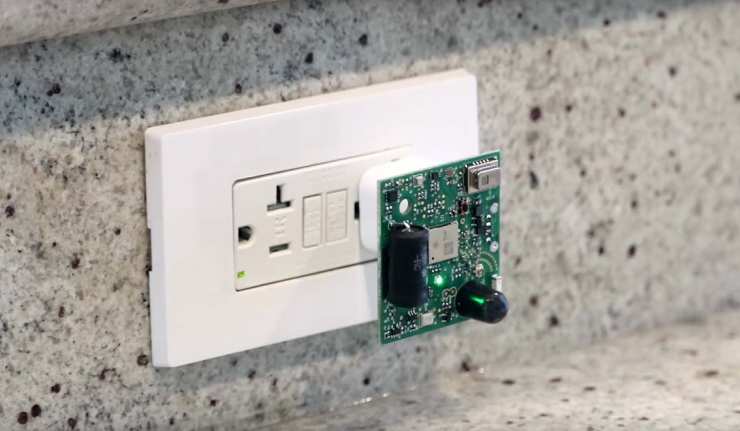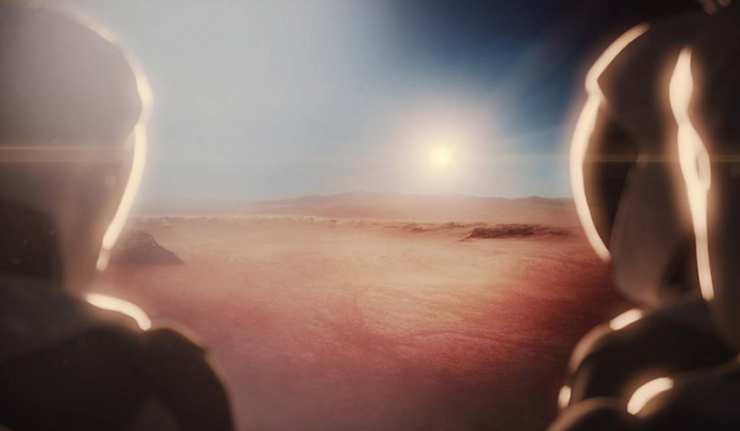future
The Future of Artificial Intelligence: Top Ways It Will Impact Everyday Life
Technology has advanced far and wide over the years, and artificial intelligence (AI) is no longer a tale that is yet to be unfolded. For example, operating the internet is proof that AI has come so far as to gratify most of our needs. By looking at the rate at which technological advancements are gaining the attention of the masses, it is safe to say that the future of AI is rather very bright.
Here are some ways in which this technology could affect everyday life in the years to come:
Magnets In Space And How They Work
Magnetic forces form the basis of how the universe keeps turning. However, many researchers assert that these forces may have other roles in the wider cosmos owing to the presence of molten cores in the many planets and planetoids out there.
A team of researchers in a German astrophysics centre plan to model the magnetism generated by these bodies using an experimental analogue, similar to a dynamo. The results of this experiment may lead to a better understanding of many fundamental phenomena, like why the Earth tilts on its solar orbit and such.
Spiders and Bees are Robotic Role Models, Claims Speaker at Futurist Summit
Why would robots want to mimic spiders? So they can jump, according to robotics professor Mostafa Nabawy, during his keynote speech at the Industry 4.0 event. This summit had been set up so that academics could showcase their ideas and theories for what they call ‘the next Industrial Revolution’. This concept centres on the role of upcoming technology in the progression and advancement of global industry – robotics included. Dr.
New Technique Brings Adult Stem Cell Technology Closer to the Everyday Clinic
Stem cell technology has seen vast advancements as a result of the discovery of the Yamanaka factors. They are a group of four transcription factors that can be activated to convert an adult cell into a usable stem cell.
How Virtual Reality Will Change Several Industries in 2018
Technology is rapidly changing the world, and innovations are being developed that will redefine how we live. Here at Evolving Science we have examined how electric cars will be charged on the go, and looked at how a smart homes are almost a reality in our article ‘Control Your Home, Control Your World’.
CES 2018: LG Unveils a New Dimension in Flexible Screen Tech
A few years ago, LG showcased their new direction in OLED technology: a truly foldable (or rather rollable) display that could be manipulated consistently without losing picture quality or function. Now that it’s 2018, the company has decided to debut what may be the results of considerable development on this concept.
The Electric Eel (Bio) Inspires Development of New Soft Power Cell
In the coming years, with groundbreaking research in the interdisciplinary areas of science, medicine, healthcare and technology, it is possible that chemical batteries we are familiar with will be completely replaced.
Reasons to seek alternatives include bulkiness, instability in extremes of temperature, toxicity of chemicals and low sustenance.
The Breakthrough Prize: The Oscars of Science Celebrates The Scientists Who Shape Our Future
Last night, the Breakthrough Foundation hosted an awards ceremony in Silicon Valley, where $22 million in prize money was awarded to a huge variety of scientists for their ground breaking research efforts.
XFEL is Online: Free Electron Laser in the World is Open for Business!
For twenty years, DESY (the German synchrotron administration) has been working on a bigger and better X-ray laser. Such an implementation would enhance the imaging and analysis of subjects from a wide range of scientific research topics, from viruses to exo-planets. The new laser, known as European XFEL, is based at the DESY research center in Hamburg, but extends nearly four kilometers along the ground until it reaches a campus in the Schleswig-Holstein town of Schenefeld.
Waymo’s Self-Driving Cars are on the Public Roads
The key words Artificial Intelligence and Computer Vision for many of us have the meaning of some sort of robot, usually humanoid, which is able to move into some space, talk to us and has sufficient capabilities to understand some tasks we are asking. Something similar to Sophia, the robot that just became citizen of Saudi Arabia.
Stephen Hawking at Web Summit: Will Artificial Intelligence Help Us, or Destroy Us?
Stephen Hawking has made a surprise appearance at the opening night of the Web Summit tech conference in Lisbon, Portugal. Paddy Cosgrave, the CEO of Web Summit, opened the conference last night and invited a number of speakers to join him on stage.
CEO and founder of Portuguese start-up Feedzai, Nuno Sebastiao, started off by saying that Artificial Intelligence is an “incredible tool” but still at its “early stages of development so we also need to ensure its being put to good use in our world.”
New FPGA Prototype: Compatible with AI?
There is an emerging trend these days for new hardware materials, designs and standards that seek to defy Moore’s Law and the predicted slowdown in computing evolution and, eventually, the capabilities it represents. It’s a necessary move, particularly in the face of the extensive requirements involved in running some artificial intelligence (AI) platforms. Some AI applications need to process hundreds of thousands of data points for the purposes of deep learning; and some others need to apply algorithms to thousands or even millions of the same.
An Orchestra of Electronics: Bringing Spatial Audio into Your Living Room
Many of us may wish that the audio experience in our living rooms was better. The sound coming through our TVs and stereos can be enhanced by augmenting these devices with various types of speakers. There are speakers out there that can enhance the treble, bass, timbre or ‘surround effect’ included in the soundtracks of our media. Some companies claim to have developed speaker offerings that do a combination of these things.
Discovery Of A Cave On The Moon: The Perfect Location For A Lunar Base Camp
The mission to create a colony of humans on the moon has just received a huge boost – in the unlikely discovery of a cave stretching into the surface of the moon. Scientists suggest that this could be the perfect location for a lunar exploration base.
A team of international researchers released details of the find in Geophysical Research Letters, noting that the cave was found through researchers studying data collected by the Japan Aerospace Exploration Agency (JAXA) Kaguya lunar orbiter.
Can Renewable Energy Sources Be Protected from Cyberthreats?
The increased need for, and the implementation of renewable or clean energy, questions the premise of its safety and reliability because it brings about the possibility of being threatened by hackers by way of theft or cyberattacks. The magnitude of real-time data and the distributed generation of energy make for easy gateways. Take charging an electric car, for example — a group of such vehicles are ultimately connected to a larger power unit, which can, if jeopardized, compromise the grid of an entire city.
Lilium Invents The World’s First Flying Car
Nerd alert: sci-fi has finally found a place in our lives; it looks like we’re going back to the future!
The Electric Truck: Tesla Vehicles Go Commercial
We’ve all heard a lot about Elon Musk and the future plans of his companies, particularly that of SpaceX, in recent times. For example, SpaceX’s next generation is reportedly going to bring extraterrestrial travel – and maybe even colonisation – to the masses in the next decade. Tesla, on the other hand, may have more down-to-earth goals.
Solar-Powered Artificial Photosynthesis: A New Form for Atmospheric Carbon Dioxide
The high levels of carbon dioxide (CO2) found in the Earth’s atmosphere is a consistent environmental and socioeconomic problem. Many scientists assert that it is a major contributing factor to overall global temperature trends. Even if this was not the case, it is also a prominent air pollutant, which affects the quality of life and respiratory health of millions worldwide. Some authorities have attempted to tackle abnormal ambient CO2 levels through such methods as carbon emissions taxes or the promotion of low-carbon transport solutions.
The Internet of… Thing. Stand-Alone Sensor Could to Make Connected Devices Obsolete?
Smart home devices are becoming increasingly popular. They are marketed as electronics that can take the work out of monitoring your home, doing your shopping, turning on heating and monitoring your energy consumption. These Internet of Things (IoT) based products connect your home to the online world, by making shopping for things on websites such as Amazon easy or even automatic. However, it can be disappointing when you take a new connectable home and it doesn’t ‘talk’ to the other devices around it.
Life on Mars? It Might Happen Sooner Than You Think
Elon Musk and his company Space X have some grand plans for the future of humanity – with details released last night, at 12:30AM ET, at the International Astronautical Congress held in Adelaide, Australia.

